Going all the way back to film photography, cameras have not been fine-tuned to deliver the best photos possible for people of color. Over the years, this issue has improved with digital photography that allows the photographer to fine-tune a camera’s settings with correct exposure and white balance, but smartphone cameras have still lagged behind in this area. The auto mode on most smartphones still delivers more flattering results when photographing a subject with light skin over one with dark skin.
In an effort to address this issue, Google is working on a project to build a “more accurate and inclusive camera” with expert photographers to build a skin tone guidebook for people of color that the camera can use for improvements to color tone, white balance and exposure.
Using thousands of images to help diversity the data sets, Google is hoping to improve the accuracy of its auto image adjustments for accurate images. With Google’s computational photography algorithms, Google’s camera will be able to algorithmically reduce stray light to bring out natural brown tones and prevent over brightening and desaturation of darker skin tones.
Portrait mode will also be getting a much-needed improvement to better detect the outline of curly and wavey hair to deliver clearer subject isolation from the background.
The new camera improvements will be rolled out Google pixel smartphone in the fall, but Google says that it is also committed to sharing its findings publicly with the entire Android ecosystem so that other OEMs will also be able to deliver cameras “that work faily for everyone.”


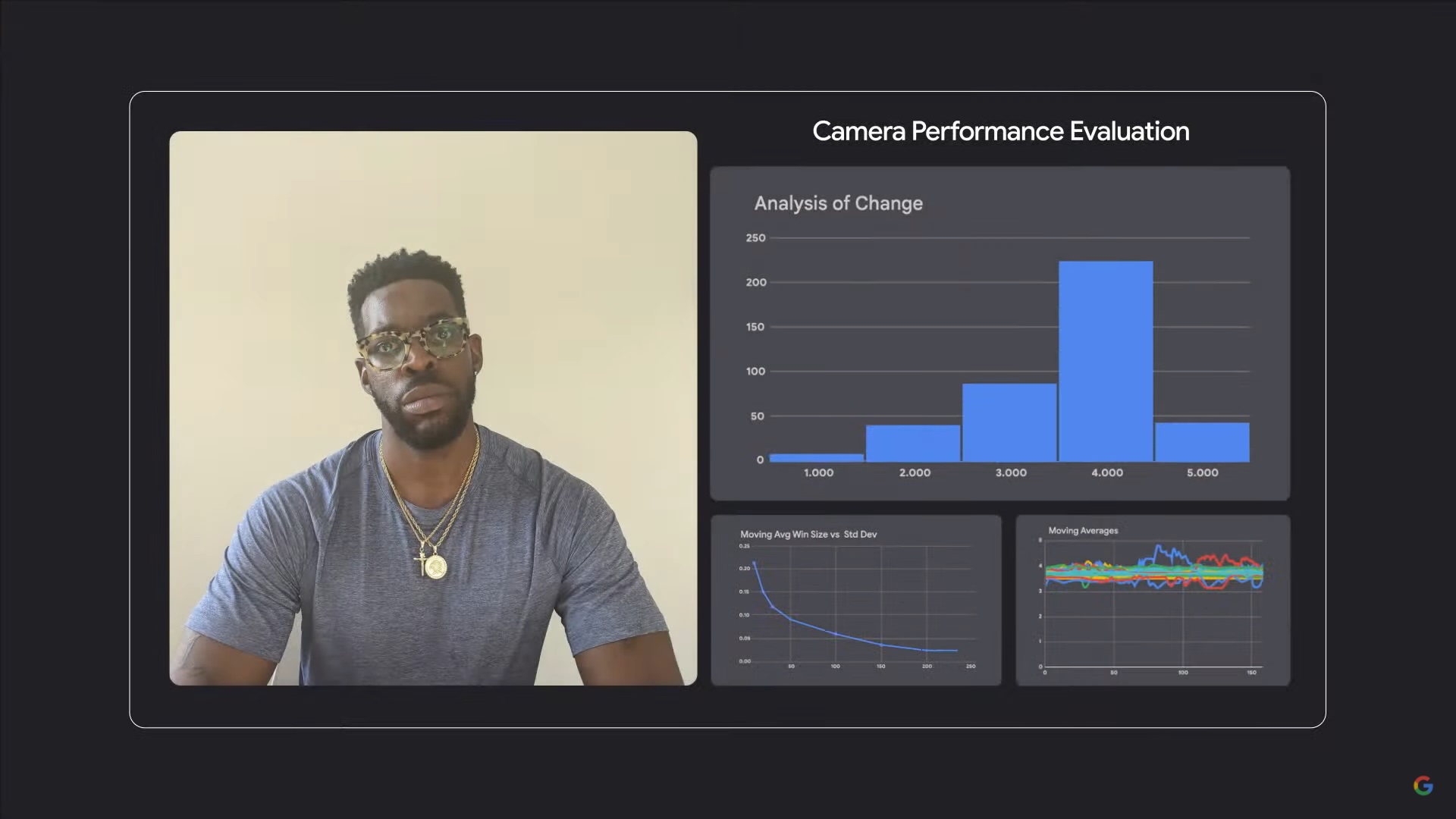
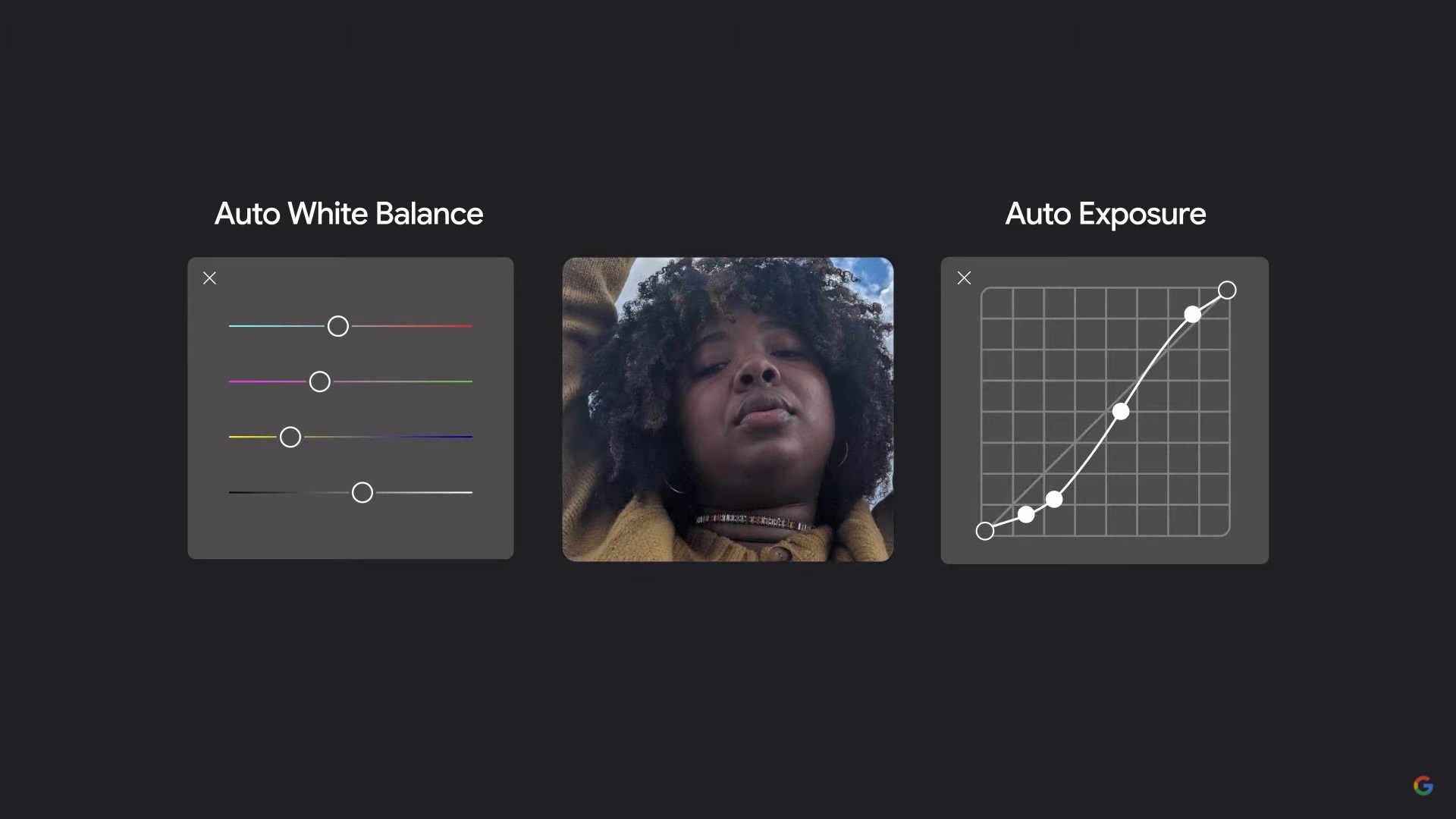
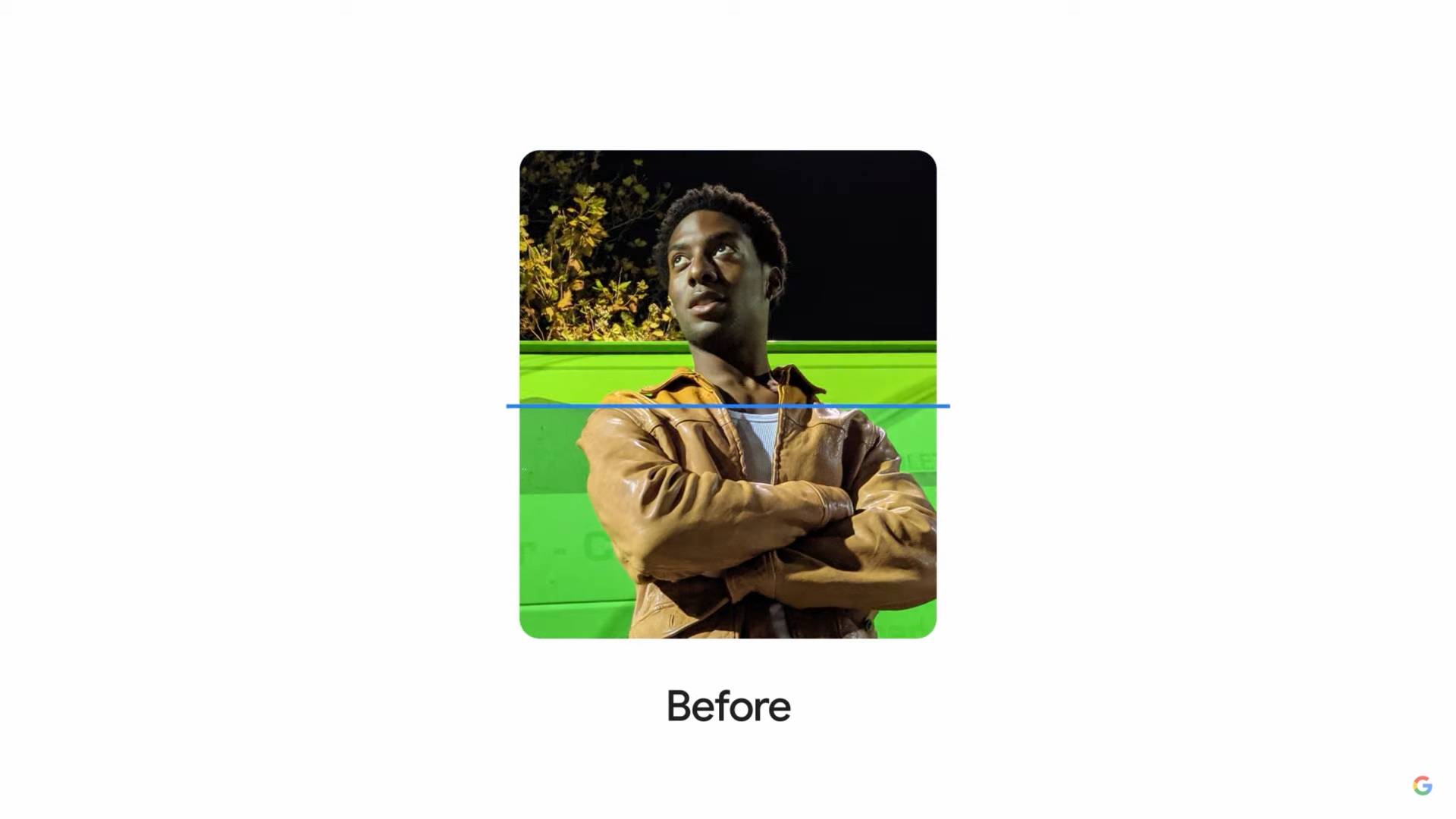

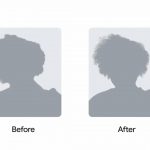






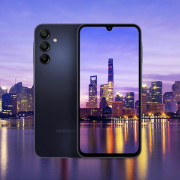
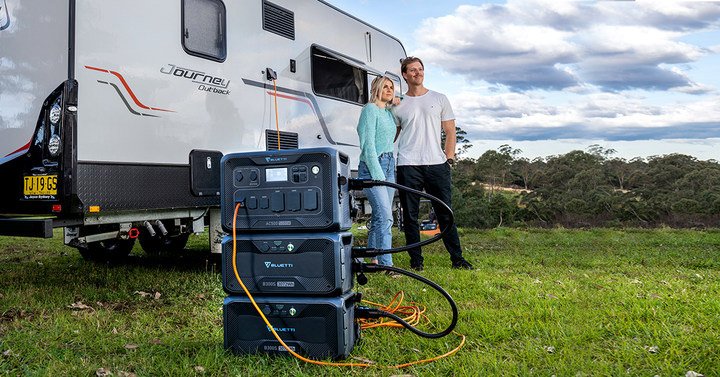

Comments